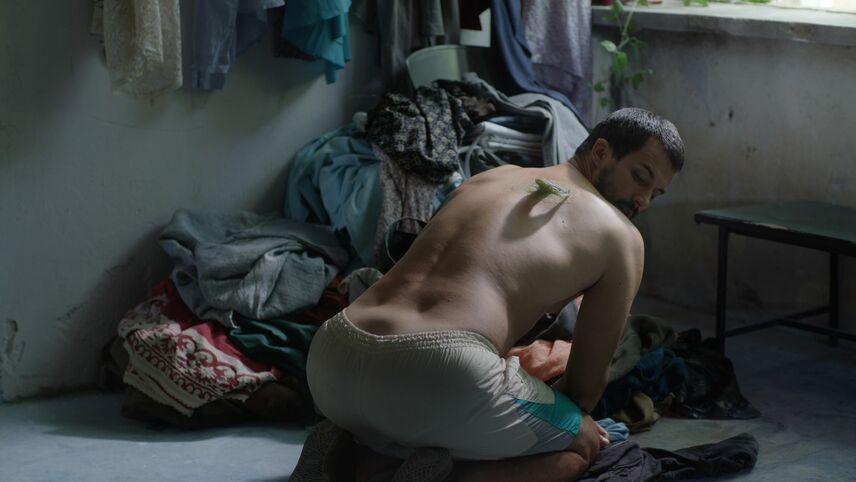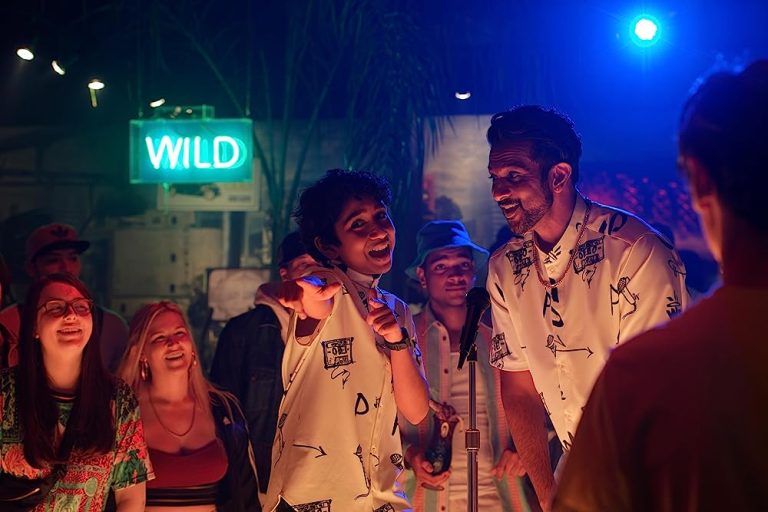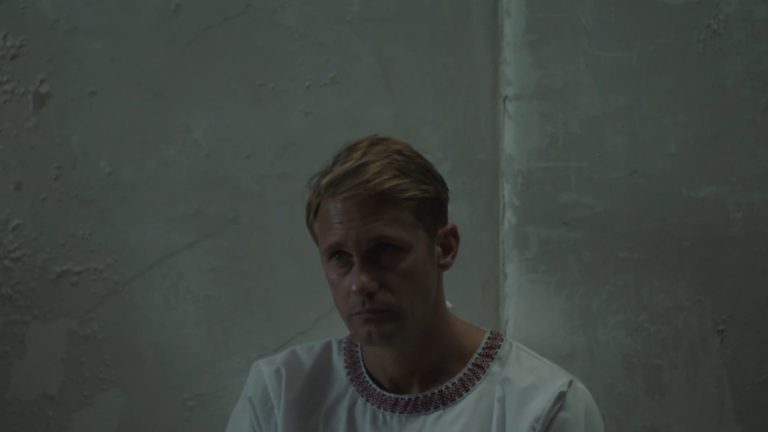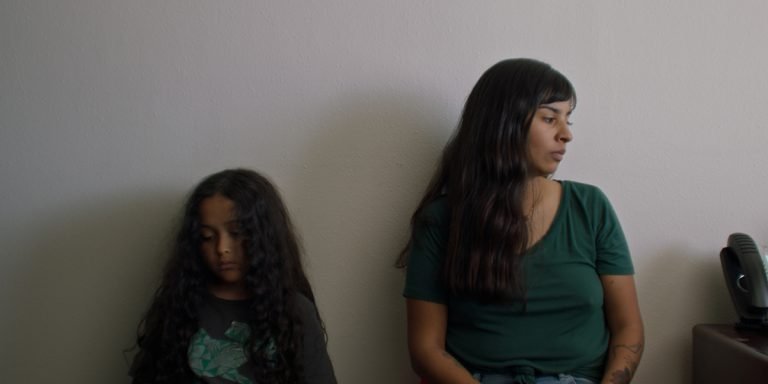In Dane Komljen’s “Desire Lines” (Original title: Linije zelje, 2025), a curious reverie-like state takes centre stage. The loner Branko (Ivan Čuić) moves about through city spaces, struck in a spell of acute disconnection.
The only thing on his mind is his brother, whose movements he tries to track. His old classmate is surprised he even has a brother, insisting she always thought of him as an only child. We follow Branko as he embarks, seeking his brother. The journey shifts from city to forest, concrete giving way to a leafy haven where the film’s richly imaginative energies unleash in hypnotic, almost ineffable meetings between Branko and absolute strangers.
A small group takes him under its wing. He is sheltered, nursed. Unspoken negotiations begin. Who are these people? Slowly, the film hints at the shape of answers. Histories of migrations through this piece of land inform their utterance, opaque and distilled in the same breath. There are reserves of loss and transformation we’re asked to burrow through. Together, though, we can heal, make meaning of our shattered lives.
This is a work of great formal rigour, austerity that wends into the enigmatic. The past is beckoned–a deep, abiding past, secrets tucked within foliage and undergrowth, individuals keen to hear and prise out. Time itself seems arrested here. People slink about, bending to touch this and that. Branko tells a woman (Branka Katić), who especially sticks around, that he can’t remember when he last slept. She talks about the motley group having transcended the limitations of their physical bodies.
Later, vacant-eyed people relate tales of hundreds dying in a single night at a factory, which Branko and they skirt. No one has entered it since. We are taken through abandoned spaces. Quietness is thick, punctuated by insect buzz and bird call, and hushed movement.
Komljen is a storyteller with gestures veiled nonetheless powerfully cutting in their spareness. Places, people, anecdotes, suggestive arcane talk–they are woven together into a malleable, fluid whole. Each transmutation carries a profound, almost-spiritual reckoning. “Desire Lines” whispers its language, subterranean perspectives into place. Specificities of particular experience and subjectivity are purposely elided, twisted into composite-ness, a peculiarly accentuated harmony. Litanies are murmured, connections sprout from nowhere. One isn’t so dissimilar to the other. Differences are stowed aside; efforts are made to draw people into a shared space.

Filled with a strange, haunted air, “Desire Lines” maps out a tract of land, the many stories it bears. People might have been long gone, but the sound of their footsteps still silently reverberates–insisting their existence be heard, acknowledged, not cast aside. With his co-writer Tanja Šljivar, Komljen steps off distinct characterisation, choosing something cloudier.
Wisps of identities rise, interrupt, and offer a chorus. He hovers around. The director desists from elaborate dives into the minds of people, though they speak a lot. The site itself flits into some accented reality, a dreamy shade caught between inhabiting and disappearing. We encounter a ricocheting pull between intimacy and alienation, spectres of people seemingly half-asleep, half-awake.
“Desire Lines” turns mystery dense, its articulation otherworldly. Plant and human commingle. Their interaction is placed on an equalising basis, the latter gently communing with the former to unravel larger, almost-cosmic designs. Cinematographers Ivan Marković and Jenny Lou Ziegel luxuriate in the matted green, finding grace in bodies and leaves sun-stippled and achieving a restful palette. People lie down close to each other, soaking in the earth, clasping a mushroom or bark. Ecology is situated as a partner, co-creator, and a propeller. The film affirms bonds that slash past narrow delineations, insisting we listen with deeper empathy.
This is a subliminally perceptive work, inviting us to erase all divides. A key line muttered by one of the women seems to crack open the film: “Stories can enter you faster or slower”. How are stories born and transmitted? It can be carried through a mushroom or the wind, contingent on our own porousness, a desire to receive. “Desire Lines” kindles thoughts on what has preceded us and where we fall within the larger continuum. The expansive generosity that lights it holds directions for us all.




![Scattered Night [2019] – dir. KIM Sol, LEE Jihyoung](https://79468c92.delivery.rocketcdn.me/wp-content/uploads/2019/05/Scattered-Night-2019-High-On-Films-768x425.jpg)
![Kim Ji-Young, Born 1982 [2020] ‘NYAFF’ Review: A Delightful narrative in a sweet, somber film](https://79468c92.delivery.rocketcdn.me/wp-content/uploads/2020/09/KIM-JI-YOUNG-MOVIE-REVIEW-highonfilms-1-768x515.jpg)



